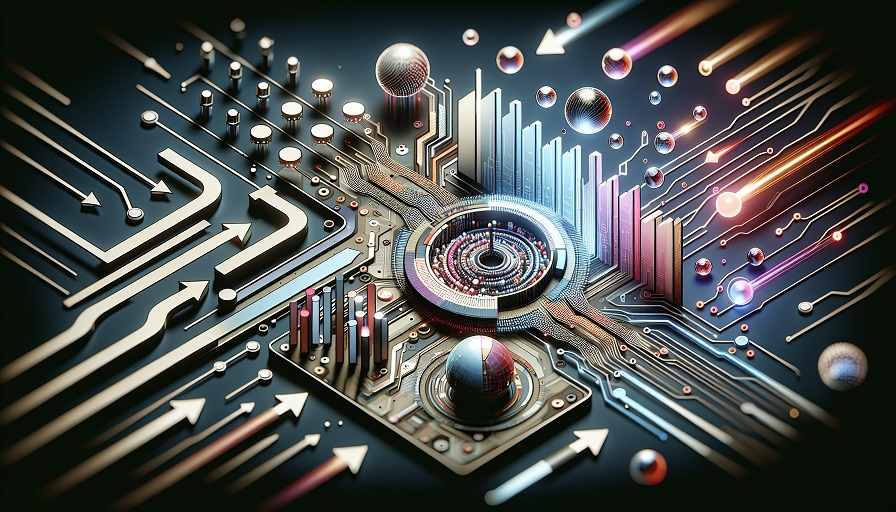
No, AI video generators cannot fully replace human animators, though they can speed up certain production tasks and lower costs. While AI tools can create realistic visuals and automate repetitive work, they lack the artistic vision, storytelling ability, and cultural sensitivity that human animators bring to creative projects.
Animation has always been about more than moving images. It combines storytelling, emotional depth, and visual style to create experiences that resonate with audiences. AI video generators are powerful at producing quick visuals or filling technical gaps, but they struggle to capture the nuance and originality that professional animators develop through years of creative practice.
Contents
Strengths of AI Video Generators
AI excels at speed and efficiency. With a simple text prompt, video generators can produce short clips, transitions, or effects that once required hours of manual work. For small businesses or independent creators, this means access to production quality that was once too expensive or time-consuming. AI can also scale repetitive tasks, such as lip-syncing or background animation, freeing human animators to focus on higher-level design.
Another advantage is accessibility. AI lowers the entry barrier to animation by allowing people without technical training to produce video content. This democratization can inspire new creators to experiment with visual storytelling, opening opportunities for education, marketing, and entertainment at smaller scales.
The Human Edge: Creativity and Storytelling
Despite these strengths, AI falls short in areas where human animators excel. Storytelling, character design, and cultural nuance require more than pattern recognition. Human animators create with intention, embedding emotions, themes, and subtle details into their work. A skilled animator can make an audience laugh, cry, or reflect deeply – something AI struggles to achieve because it lacks lived experience and emotional perspective.
For example, Pixar films are not beloved because of technical animation alone. They succeed because human teams infuse them with carefully crafted narratives, relatable characters, and moral themes. AI might be able to generate convincing movement, but it cannot decide what kind of story should be told or why it matters to a particular audience.
Where AI and Animators Work Together
Instead of full replacement, the future likely involves collaboration. AI can act as a supportive tool that accelerates workflows. Animators might use AI to generate draft scenes, automate in-between frames, or create quick visual variations. Then, they refine the output, adjusting tone, pacing, and artistic detail to match the project’s vision.
For example, a game studio could use AI to automatically generate background characters or scenery, while professional animators concentrate on main characters and narrative elements. This division of labor allows projects to scale more efficiently without sacrificing quality.
Risks of Overreliance
Overreliance on AI video generators carries risks. One is homogenization: if many creators use the same AI systems trained on similar datasets, the resulting animations may all look and feel alike. Another risk is ethical: AI models often learn from existing artwork, raising questions about copyright, fair use, and the rights of original artists.
There are also practical risks. AI may generate errors – awkward movements, unrealistic physics, or inconsistent visuals – that break immersion. Without human oversight, these flaws can reduce credibility and audience engagement. In professional contexts, quality control remains essential.
Examples in Practice
In advertising, AI-generated video is already common for quick promotional content. Companies use these tools to create explainer videos, animated logos, or product showcases. While effective for speed, the results often lack the polish of hand-crafted animation. In entertainment, AI has been used to generate crowd scenes or background filler, but rarely as the sole source of creative storytelling.
Some independent creators embrace AI for experimental art. For instance, music videos with surreal AI-generated visuals have gained popularity online. These works highlight the strengths of AI in producing unexpected and strange imagery, but they often rely on human artists to curate and assemble the final narrative.
The Future of Animation with AI
Looking ahead, AI will likely take on more of the technical and repetitive labor in animation. This shift could make animation cheaper and faster, enabling more stories to be told. However, the role of animators as creative leaders will remain essential. Human vision will guide how AI is applied, ensuring that stories remain emotionally meaningful and culturally relevant.
Studios and independent creators who adapt to this partnership model will gain the most – using AI to handle time-consuming tasks while letting animators focus on artistry. Instead of replacing human creativity, AI may push the field of animation toward new hybrid forms where efficiency and imagination work side by side.
Conclusion
AI video generators are powerful tools, but they are not a substitute for human animators. They provide speed, accessibility, and efficiency, yet lack the creativity, depth, and cultural awareness that storytelling demands. The future of animation lies in synergy: AI will automate and accelerate, while human animators will continue to lead with imagination and emotional insight.